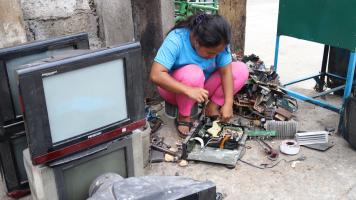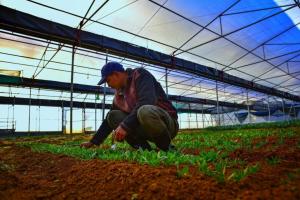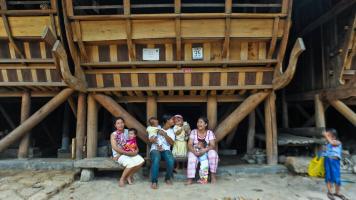Indonesia Can Lead the Way on Ocean-Based Climate Action

Lead, International Policy and Oceans, Climateworks Centre

Country Lead, Indonesia, Climateworks Centre

Project Officer, Climateworks Centre

Business Analyst, Climateworks Centre

Senior Project Manager, Climateworks Centre

Senior Analyst, Climateworks Centre
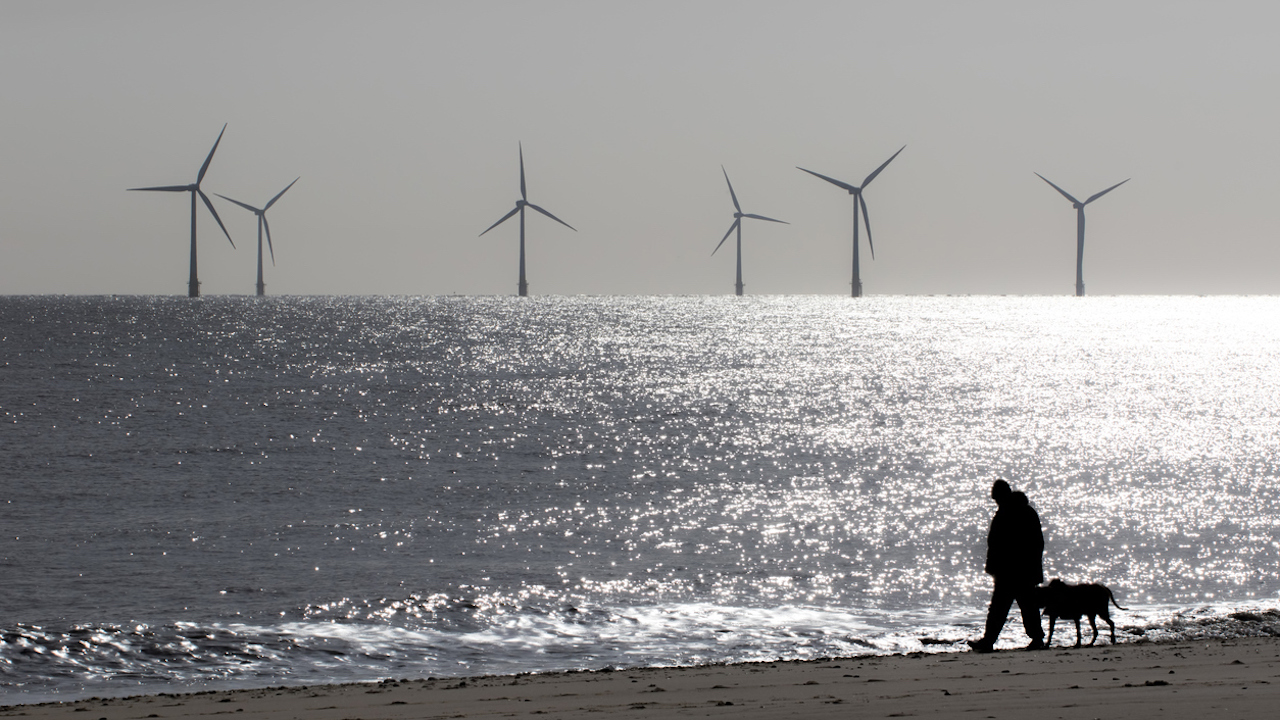
The project found offshore wind is the most economically and commercially deployable for Indonesia, with minimal environmental impact. Photo credit: iStock/Ian Dyball.
Protecting and strengthening blue carbon ecosystems, developing offshore renewable energy, and decarbonizing domestic shipping all have potential to significantly reduce emissions.
This article is published in collaboration with Climateworks Centre.
Ocean-based climate action can deliver up to a quarter of the global annual greenhouse gas emissions cuts pledged under the Paris Agreement.
For the first time, Climateworks has mapped and measured, in detail, Indonesia’s ocean-based mitigation potential.
In Phase 1 of the Southeast Asia Framework for Ocean Action in Mitigation (SEAFOAM) project that scoped ocean-based mitigation opportunities in Indonesia, Climateworks explored a range of coastal and offshore mitigation options, collating qualitative and quantitative data on these options.
The SEAFOAM analysis identified three sectors which have significant emissions mitigation opportunities for Indonesia. These include:
- Expanding protection and restoration of blue carbon ecosystems;
- Investing in offshore renewable energy
- Decarbonizing the shipping and maritime transport sector.
Why is this important?
The inclusion of ocean-based climate actions into countries’ nationally determined contributions (NDCs) can help accelerate progress toward the Paris Agreement goal of limiting warming to 1.5°C.
Globally, the inclusion of ocean-based climate actions could result in annual emissions mitigation of 11.8 gigatonnes of carbon dioxide-equivalent (GtCO2e) by 2050—which is roughly equivalent to 31% of total global fossil fuel emissions in 2021.
Indonesia is one of the most important countries globally for ocean-based climate change mitigation. It is the largest archipelagic country in the world, with an offshore area three times the size of its land area.
To date, no country with a maritime sector and economy as large and multifaceted as Indonesia’s has attempted the substantial inclusion of ocean-based measures in its NDC.
Climateworks’ SEAFOAM Phase 1 report analyzed three sectors: blue carbon, offshore renewable energy, and shipping.
Across sectors analyzed for this report, Climateworks found ocean-based climate actions could be a central component of Indonesia’s progress toward net zero.
This is achieved through establishing targets and setting the foundations for emissions monitoring and reporting.
What the maps show us
Our analysis of blue carbon highlights seagrass potential
Indonesia has committed, under its enhanced NDC, to ecosystem protection and to becoming a carbon sink by 2030 through forestry and other land-use industries. By contrast, the role of blue carbon ecosystems is not yet well defined.
This analysis finds blue carbon ecosystems are degrading in Indonesia. Degraded blue carbon ecosystems have the potential to decrease important carbon stocks and increase Indonesia’s emissions.
SEAFOAM Phase 1 undertook initial mapping of potential current seagrass areas, to demonstrate the potential mitigation impact of reducing degradation of seagrass meadows in Indonesia.
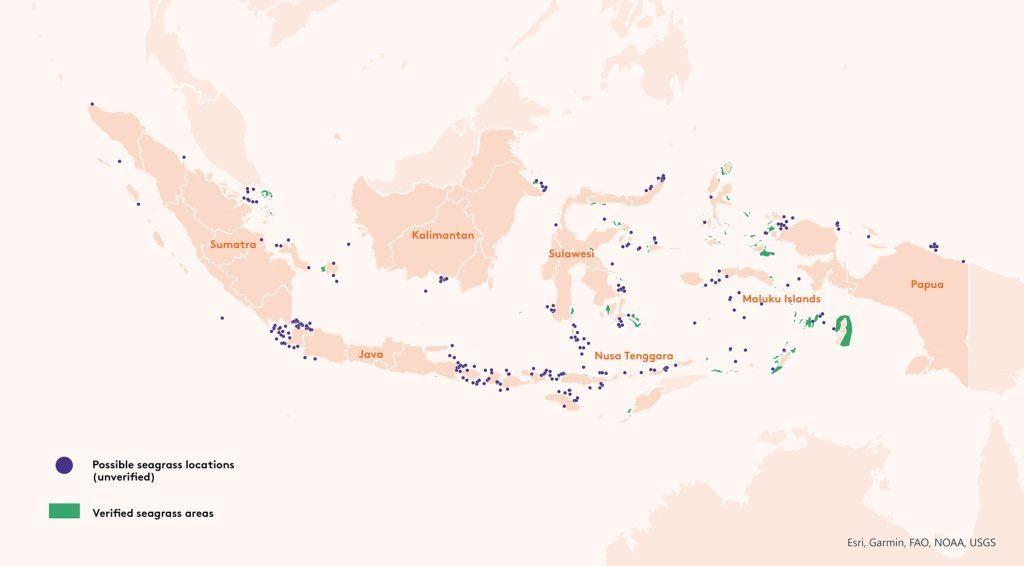
This report highlights the potential for seagrasses to be included in NDC reporting, alongside mangroves, which already are.
There are significant gaps in seagrass data across Indonesia, particularly the scarcity of “ground truth” (verified) data and the absence of an average national degradation rate. This creates challenges for quantifying seagrass emissions mitigation potential.
By including seagrasses into NDC monitoring and reporting frameworks and committing to protection and restoration there is potential to mitigate 17–60 metric tons of carbon dioxide-equivalent (MtCO2e) emissions by 2030.
Significant opportunities exist for offshore renewable energy—if action starts now
The energy sector is currently Indonesia’s second major source of emissions, with heavy reliance on coal-powered energy.
An increasing population and growing energy usage will increase this demand.
Indonesia has already committed to 23% of national energy demand coming from new renewable energy projects by 2025. This increases to 31% by 2050. These figures do not currently include significant offshore renewable energy—which could play a considerable role in Indonesia’s generation mix in coming years.
SEAFOAM Phase 1 mapped the current potential of four offshore renewable technologies: tidal, wind, ocean thermal energy conversion (OTEC), and offshore wind, with the latter seen as the most economically and commercially deployable, with minimal environmental impact.
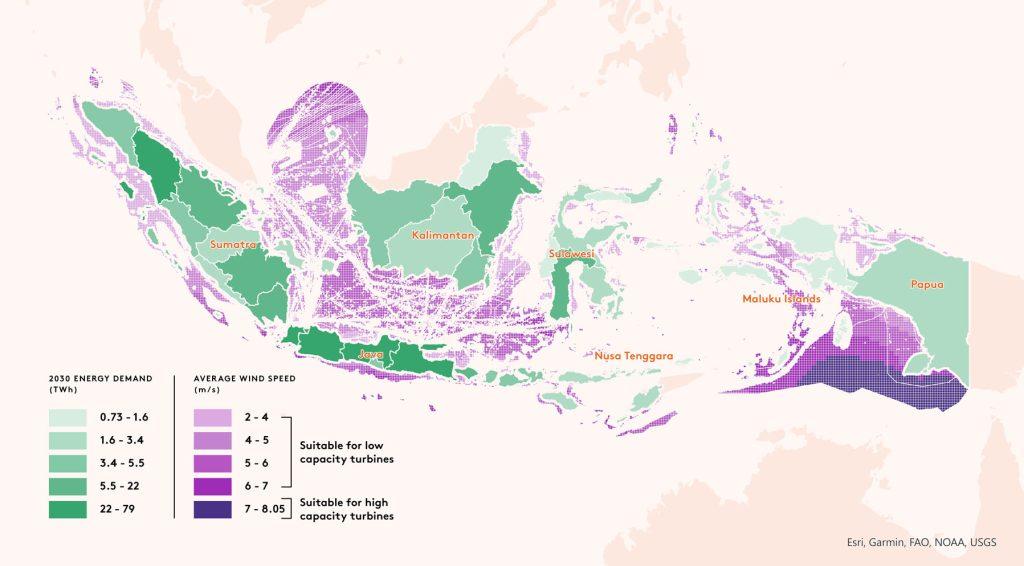
Climateworks findings show that if Indonesia pursued offshore wind there is potential to mitigate 0.32 MtCO2e emissions by 2030. This potential grows extensively to 2050, with an emission mitigation potential of up to 180 MtCO2e.
Analysis indicates that Papua and Maluku have the potential to generate immense energy supply from current commercially available offshore wind turbines, yet demand for energy in these provinces is low.
To capitalize on their offshore wind potential, Indonesia would therefore need to invest heavily in grid infrastructure. Alternatively, smaller capacity, low wind speed turbines, (not yet commercialized), could be deployed widely in the West of Indonesia.
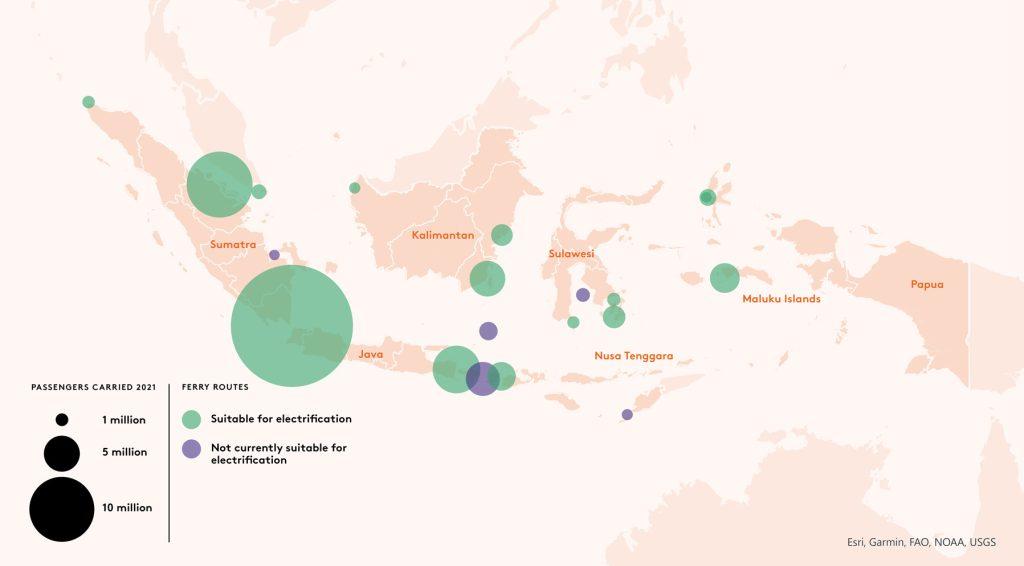
Industry and infrastructure offer untapped potential
Domestic shipping and water-borne transport play an important role in the movement of people and goods between Indonesia’s many islands. Indonesia is pursuing decarbonization efforts for domestic shipping through biodiesel. But, there are currently no targets in Indonesia’s enhanced NDC for the domestic shipping and maritime transport sectors.
To identify decarbonization opportunities, SEAFOAM Phase 1 mapped the number of voyages and passengers carried on major domestic maritime routes.
Our analysis indicates which ferry routes are suitable for electrification, based on voyages under 40 kilometers (the longest commercial ferry route currently in operation).
Of the 10 most used ferry routes in Indonesia (which carried 74% of all ferry passengers in 2021) eight are suitable for electrification. For example, if the ferry between Java and Bali could be electrified, this could significantly reduce emissions for 6.2 million passengers each year.
We found, by reducing carbon emissions from the sector in line with the International Renewable Energy Agency‘s 1.5°C aligned decarbonization scenario, 2.8 MtCO2e could be mitigated annually by 2030.
Read the summary report.
This article was first published by Climateworks Centre on 25 August 2023.

Sali Bache
Lead, International Policy and Oceans, Climateworks CentreSali Bache is the international policy and oceans lead at the Climateworks Centre, with a focus on the Asia and the Pacific region. For 2 decades, Bache has operated in an international governance setting. She has advised on common property resource conservation across several regions, represented Australia in intergovernmental negotiations, and advised organizations including United Nations agencies, Asia–Pacific Economic Cooperation, and the International Union for Conservation of Nature.

Guntur Sutiyono
Country Lead, Indonesia, Climateworks CentreGuntur Sutiyono leads Climateworks’ Indonesian team, enhancing Climateworks’ understanding of the region by providing context around policy, politics, and the economic landscape. His team is responsible for assessing opportunities and acting as a trusted advisor to stakeholders, with Guntur overseeing projects in sustainable finance, fiscal policy, energy, and support business development.

Minalee Busi
Project Officer, Climateworks CentreMinalee Busi is a project officer in the ocean team. She supports research and analysis for the Southeast Asia Framework for Ocean Action in Mitigation (SEAFOAM) project, working to understand climate mitigation opportunities in the ocean-climate nexus, such as offshore energy and blue carbon. Minalee holds a master's in Environment and Sustainability with a specialization in corporate sustainability management from Monash University, and a bachelor's degree in Electronics and Telecommunication Engineering from the International Institute of Information Technology, Odisha in India

Tim Graham
Business Analyst, Climateworks CentreTim Graham joined Climateworks with an immediate focus on the SEAFOAM project. His work in this capacity concentrated on shipping and offshore energy sectors, geospatial analysis and production of maps, and the development of methodology for quantification of offshore emissions mitigation in Indonesia. More recently, he moved to the Research Analysis and Modelling team, where he delivers research, analysis, scenario development and modeling, including an AusTIMES core scenarios update. He is also authoring a report on core scenario modeling methodology and assumptions.

Astra Rushton-Allan
Senior Project Manager, Climateworks CentreAstra Rushton-Allan focuses on the ocean-climate nexus across Southeast Asia, collaborating with a multidisciplinary team on the SEAFOAM project. She is also involved in partnership development, fundraising, and program design and delivery for the development of sustainable blue economic activities across the region. Prior to joining Climateworks, Astra lived and worked across Asia–Pacific, working closely with communities and local NGOs to deliver projects on sustainable agriculture, market access, and climate resilience.

Carolina Contreras
Senior Analyst, Climateworks CentreCarolina Contreras applies a social-environmental lens to the study of ocean and seascapes, contributing to the research and understanding of ocean governance and coastal livelihoods. Before joining Climateworks, Carolina was a research fellow at the Climate Resilience Living Lab at the Royal Melbourne Institute of Technology where she explored everyday adaptation in urban settings.

Climateworks Centre
Climateworks Centre bridges the gap between research and climate action, operating as an independent not-for-profit within Monash University. Climateworks Centre develops specialist knowledge to accelerate emissions reduction, in line with the global 1.5°C temperature goal, across Australia, Southeast Asia and the Pacific.
